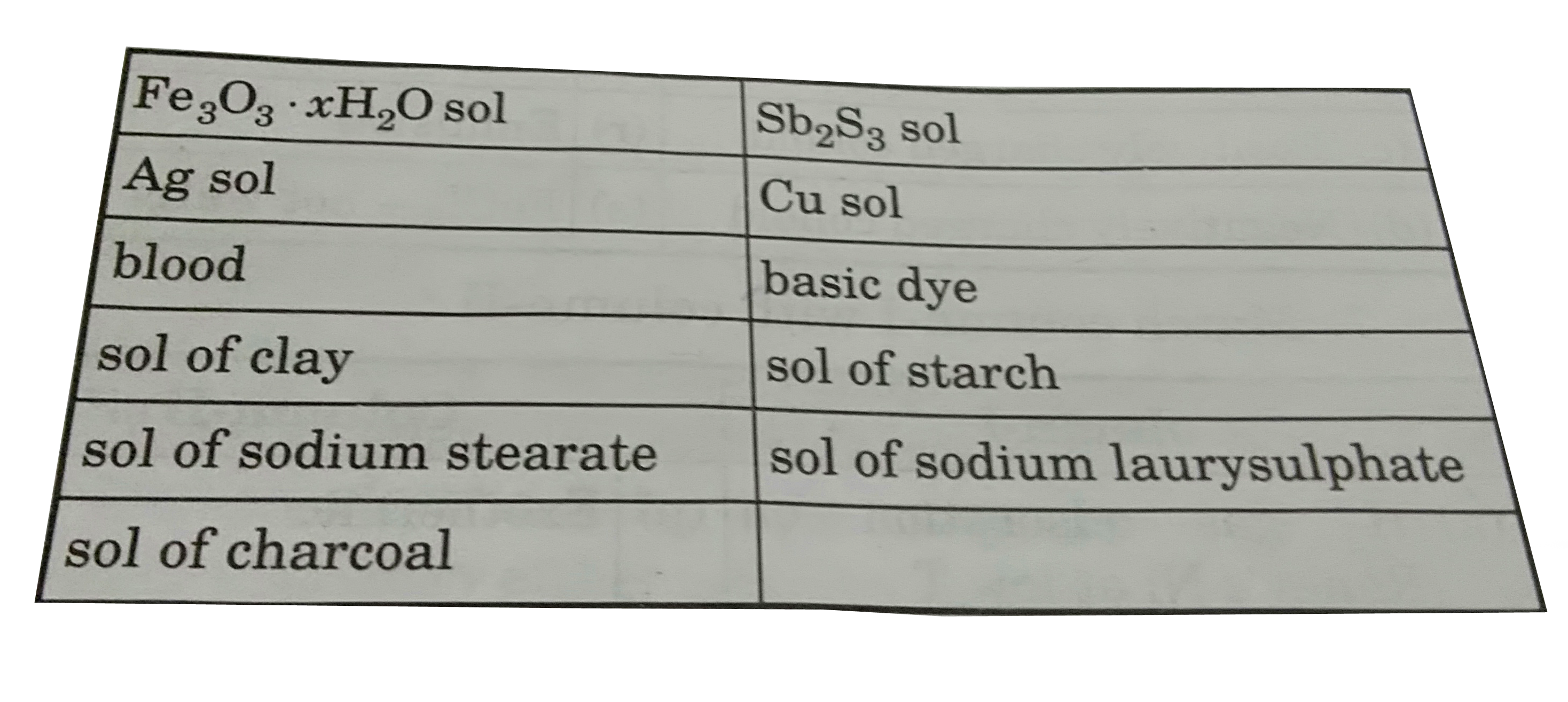The number of protons in a negatively charged atom (anion) is
more than the atomic number of the element
less than the atomic number of the element
more than the number of elecrons in the atom
less than the number of electrons in the atom
The correct Answer is:D
In case of a neutral atom
Number of protons = Number of electrons
Anion is formed by gain of electron (s) by a neutral atom. Thus in case of anion.
Number of electrons > Number of protons
Topper's Solved these Questions
Similar Questions
Knowledge Check
The compounds containing ionic bonds are known as ionic compounds. They are formed by the transfer of electrons from one atom to another. The ionic compounds are made up of positively charged ions (cations) and negatively charged ions (anions).
Cations and anions present in sodium hydroxide areANa+andO2−BNa+andO3−CNa+andOH−DNaandOH−The number of protons in an atom of atomic number Z and mass number A is
AzeroBZCA-ZDAThe knowledge of valencies of various radicals helps us to write the formulae of chemical compounds. The total positive charge on positive ions ( cations ) is equal to the total negative charge on negative ions ( anions) in a molecule. Therefore, in writing the formula of a compound, the positive and negative ions are adjusted in such a way that the total number of positive charges of positive ions ( cations ) becomes equal to the total number of negative charges of negative ions ( anions) . There is another simple method for writing the formulae of ionic compounds. In this method, the valencies ( or positive or negative charges ) of the ions can be 'crossed over' to give subscripts. The purpose of crossing over of charges is to find the number of ions required to equalise the number of positive and negative charges.
Chlorine reacts with sodium to form the compound NaCl. Chlorine also reacts with phosphorus to form the compound PCl3. What will be the chemical formula of the compound formed between sodium and phosphorus ?ANa2P3BNa3PCNaPDNaP3
The symbol of oxygen atom is 16O8
(i) What is the name given ot the number of protons in the nucleus of the atom?
(ii) What is the name given to the number of protons plus number of neutons in the nucleus of the atom?
View SolutionCalculate the number of sols which are negatively charged.

View SolutionThe numbers of electrons, protons, and neutrons in a species are equal to 18,16, and 16, respectively. Write the symol for the species in the standard format.
Strategy: Before usding the standard notation _(Z)AX, find out wheter the species is a neutral atom, a cation, or an anion. if it is a neutral atom, Eq is valid, i.e.
Number of protons = Number of electrons = Atomic number
If the species is an ion, determine whether the number of protons is larger (cation, a positive ion) or smaller (anion, a negative ion) than the number of electrons. Number of neurtons is always given by Eq. i.e., N=A−Z, whether the species is neutral or charged.
View SolutionIf number of electrons in an atom is 8 and number of protons is also 8, then what is the charge on the atom?
View SolutionThe knowledge of valencies of various radicals helps us to write the formulae of chemical compounds. The total positive charge on positive ions ( cations ) is equal to the total negative charge on negative ions ( anions) in a molecule. Therefore, in writing the formula of a compound, the positive and negative ions are adjusted in such a way that the total number of positive charges of positive ions ( cations ) becomes equal to the total number of negative charges of negative ions ( anions) . There is another simple method for writing the formulae of ionic compounds. In this method, the valencies ( or positive or negative charges ) of the ions can be 'crossed over' to give subscripts. The purpose of crossing over of charges is to find the number of ions required to equalise the number of positive and negative charges.
The formula of the sulphate of an element X is X2(SO4)3. The formula of nitride of element X will be
View Solution
